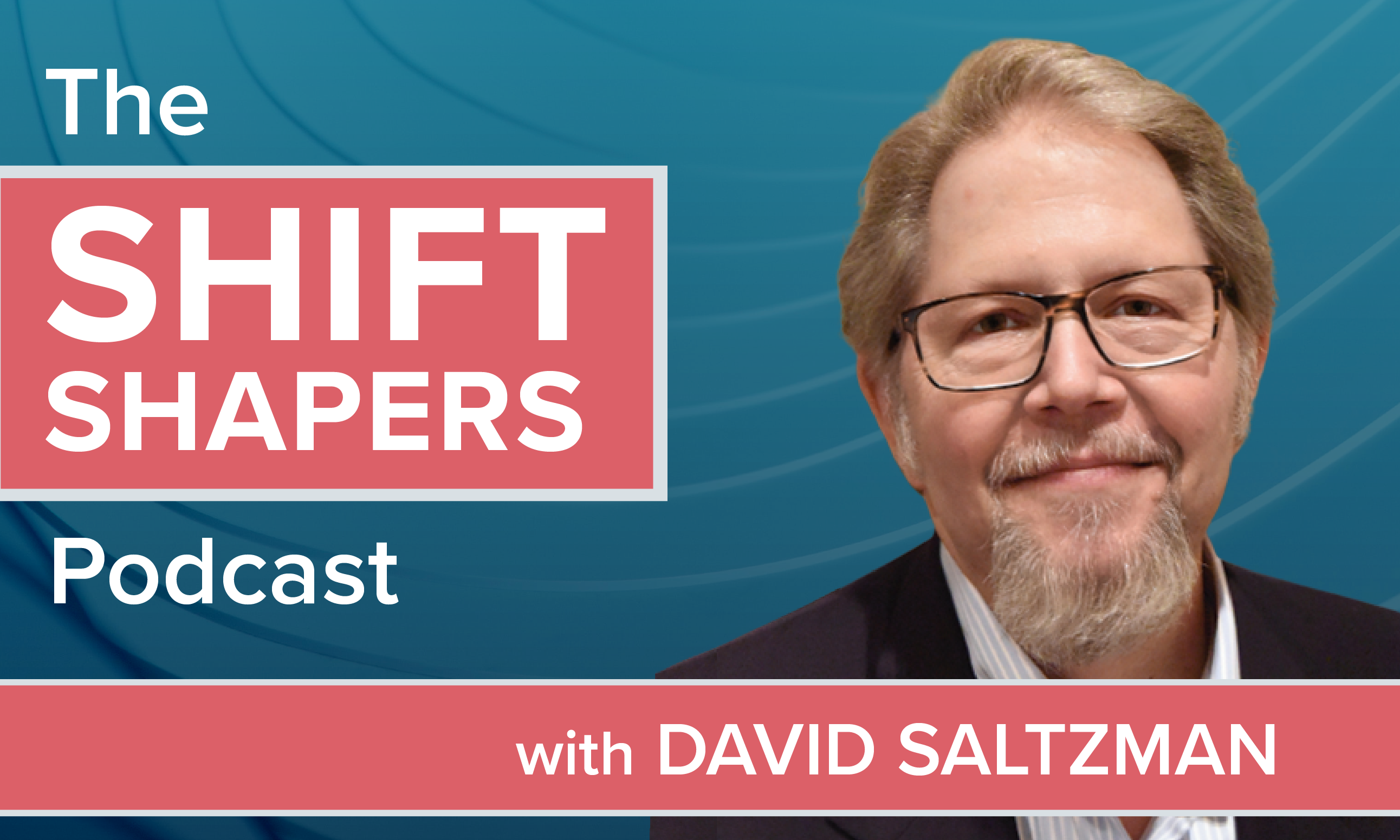I spend a lot of time talking with brokers, and often ask themif they remember back 10 years ago when I encouraged them to go outand sell voluntary benefits. Back then, they basically told me toget lost.
|Those early products were what I call “Johnny Lunch-Bucket”benefits, created primarily for the fixed-wage earner who couldn’tafford traditional insurance. Since then, productmanufacturers have paid close attention to the evolving needs ofthe employee and the changing landscape of employer sponsoredbenefit programs. Thanks to the evolution of products such aslife insurance, critical illness and accident plans, everyone fromthe fixed-wage earner to the highly paid executive now has theopportunity to piece together a comprehensive benefits offeringtailored to meet their specific needs. Although they werereluctant at first, brokers today have embraced voluntarybenefits.
|The next evolution
|Today non-insurance products are truly light-years beyond wherethey were a decade ago. In this day and age, many leadingconsultant and brokerage houses include non-insurance products intheir arsenal. Simply put, their clients see how theseprograms provide employees with increased advocacy,helping themnavigate an increasingly complex health care system. To top it off,these innovative products complement an employer’s core benefitsprogram, helping to further stretch the employee’s health carespending dollars.
|There is no question that non-insurance medical and lifestylebenefits help employees save time and money in uncertain times.However, non-insurance solutions do so much more than that. Thesestate-of-the-art products offer employers a unique opportunity toincrease employee productivity, boost morale and decreaseabsenteeism.
||Telehealth
|Employer interest in Telehealth is skyrocketing. Implementationof Telehealth programs is expected to reach 37 percent in 2015,with another 34 percent considering this option in 2017, accordingto Towers Watson’s 2014 Health Care Changes Ahead survey. It’s timefor brokers to get educated about this increasingly popularbenefit.
|Here are three critical telehealth facts you need toknow:
|1. Telehealth is the ideal solution for commonillnesses.
|This benefit is most commonly used for:
- Sinus problems
- Urinary tract infection
- Pink eye
- Bronchitis
- Upper respiratory infection
- Nasal congestion
- Allergies
- Flu
- Cough
- Ear infectiom
Telehealth is incredibly easy.
|Here’s how it works: Once a member completes their medicalhistory online, they’re ready to request a phone consultation. Adoctor calls back within 16 minutes, on average. The doctor listensto the member’s symptoms, diagnoses the issue and prescribesmedication when necessary. The doctor then calls in theprescription to the member’s specified pharmacy ofchoice.
|3. Telehealth saves employers a bundle.
|This valuable benefit redirects ER and urgent careoverutilization to a more affordable option. Check out just howmuch employers save through telehealth:
Average cost of an ER visit = $1,477
Average cost of urgent care = $163
Average cost of a specialist = $196
Average cost of primary care physician = $131
|
Health advocacy
|These days, there are multiple generations in the workforce:from the multi-tasking millennial who wants everything right now tothe busy Gen Xer with a full-time working spouse and three kids athome to the baby boomer who’s still working because he/she hasn’tsquirreled enough away for retirement. And employer groups have theunenviable task of finding a way to meet all of their diverseneeds.
|Not only do each of these distinct generations have varyingbenefit requirements, but the way they access their benefits isextremely different. If you can present your employer clients witha benefits solution that meets the needs of such a wide-ranginggroup, you’re way ahead of the game. To cater to amulti-generational work force, many employers are turning to healthadvocacy programs.
|Benefits behind the benefits
|As a broker, when you discuss health advocacy products with anemployer group, it’s important to explain the “benefits behind thebenefits.” Employers soon realize how non-insured products provideemployees with guidance to navigate an increasingly complex healthcare system, while also giving them complementary programs thathelp stretch their health and lifestyle spending dollars.
|Here are just a few ways a health advocacy program can serve theneeds of millennials to seniors and everyone in between:
Young millennials: Health advocacy is ideal for youngemployees who haven’t owned insurance before and don’t understandhow to tap into their benefits. These programs include a callcenter, offering millennials a place to turn and ask the questionsthey are accustomed to asking their parents. Additionally, onlineresources provide the speed of access millennials want.
Gen X: As these employees are starting and growingtheir families, they need help gathering resources and information.Health advocacy can help them compare facilities and get advice onwhat to expect.
Baby boomers: While these middle age employeestypically understand insurance, they often don’t have the time todeal with complex insurance issues that arise along the way. Theyneed someone to call on who can coordinate and resolve issues forthem, such as when they need help finding a specialist. Healthadvocacy is an attractive benefit for baby boomer employees whowant more personalized attention from a medical health advisor.
Seniors: Because these traditionalist employees oftenhave multiple plans, they need help understanding bills andcoordinating claims. Health advocacy is the perfectsolution.
Health advocacy programs not only help today’smulti-generational workforce spend their health care dollars morewisely—these innovative benefits also keep employees happier,healthier and more productive.
|This is just one example of many non-traditional benefitsemployers should consider for a multi-generational work force. It’sbecome clear that these cutting-edge products are the nextevolution in employee benefits. As a broker, if you are notcurrently offering these contemporary solutions, you’re already astep behind the curve.
Complete your profile to continue reading and get FREE access to BenefitsPRO, part of your ALM digital membership.
Your access to unlimited BenefitsPRO content isn’t changing.
Once you are an ALM digital member, you’ll receive:
- Critical BenefitsPRO information including cutting edge post-reform success strategies, access to educational webcasts and videos, resources from industry leaders, and informative Newsletters.
- Exclusive discounts on ALM, BenefitsPRO magazine and BenefitsPRO.com events
- Access to other award-winning ALM websites including ThinkAdvisor.com and Law.com
Already have an account? Sign In
© 2024 ALM Global, LLC, All Rights Reserved. Request academic re-use from www.copyright.com. All other uses, submit a request to [email protected]. For more information visit Asset & Logo Licensing.








